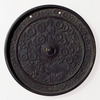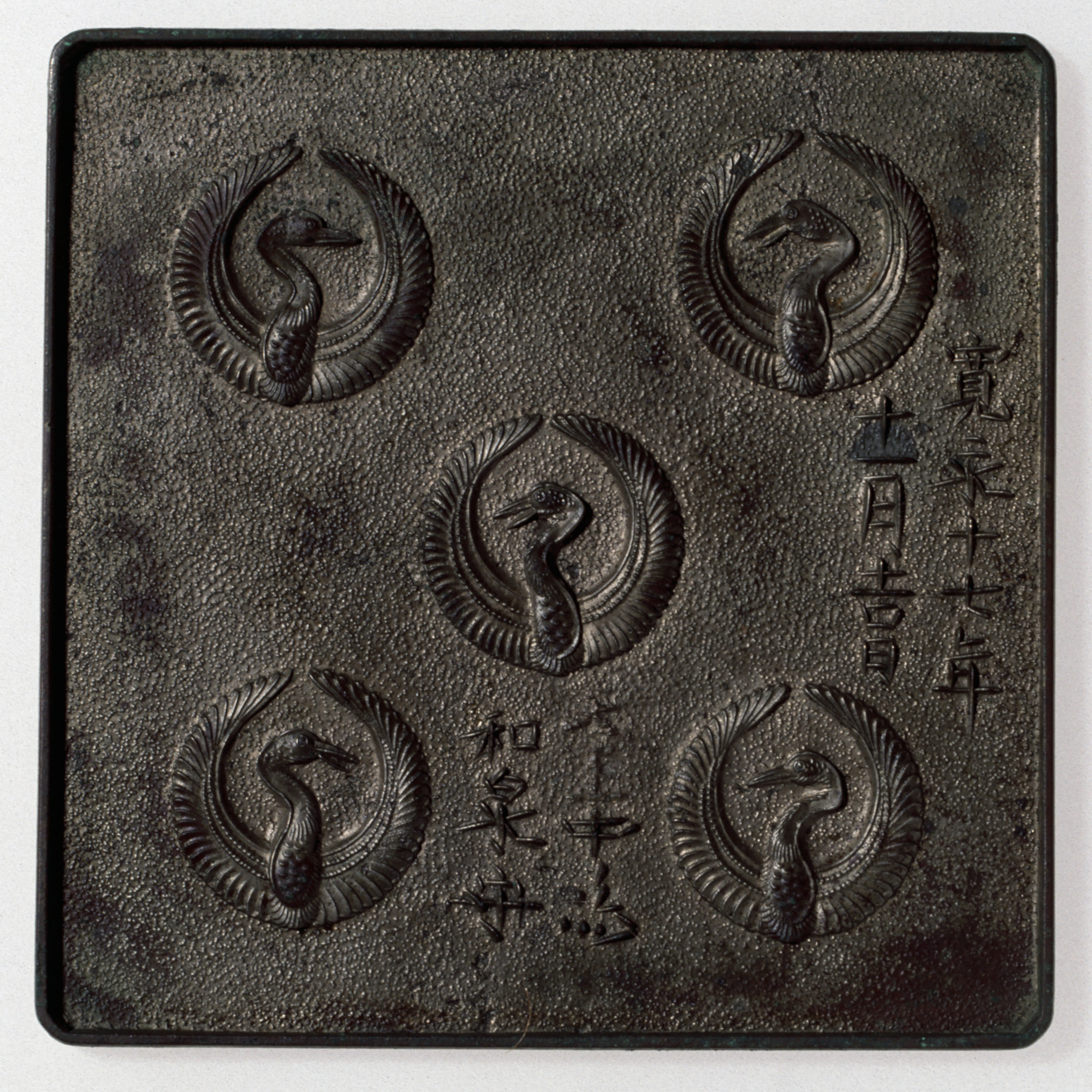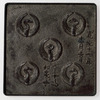- TOP
- Square Mirror with Scattered Crane Crests
Overview
Square Mirror with Scattered Crane Crests
- Museum No.
- EO30-44
Showing 1-6 of 1
| Title | Square Mirror with Scattered Crane Crests |
|---|---|
| Designation | |
| Artist | Nakajima Izumi-no-kami |
| Category | Metalwork(E), Bronze Mirrors |
| Country | Japan |
| Period | Edo Prophase |
| Century | 17th |
| Year | 1640 |
| Quantity | |
| Materials | |
| Dimensions | Height 9.7cm Rim height 0.4cm Rim width 0.1cm |
| Inscription by | |
| Signature/Seals Etc | |
| Donor |
Included Works

EO30 Hand Mirror with Horai (Penglai) Motif
Hand Mirror with Horai (Penglai) Motif
EO30-1 Hand Mirror with Scene of Benkei at the Bridge
Hand Mirror with Scene of Benkei at the Bridge
EO30-2 Hand Mirror with Horai (Penglai) Motif
Hand Mirror with Horai (Penglai) Motif
EO30-3 Hand Mirror with Plum Tree
Hand Mirror with Plum Tree
EO30-4 Handled Mirror with Chrysanthemums, Fence, and Arrowheads
Handled Mirror with Chrysanthemums, Fence, and Arrowheads
EO30-5 Yasaka Shrine Offertory Mirror with Quince Crest
Yasaka Shrine Offertory Mirror with Quince Crest
EO30-6 Hand Mirror with Plum Tree
Hand Mirror with Plum Tree
EO30-7 Hand Mirror with Willow Tree
Hand Mirror with Willow Tree
EO30-8 Hand Mirror with Camellia Tree
Hand Mirror with Camellia Tree
EO30-9 Hand Mirror with Love Poem
Hand Mirror with Love Poem
EO30-10 Hand Mirror with Mandarin Orange Tree
Hand Mirror with Mandarin Orange Tree
EO30-11 Hand Mirror with Scattered Chrysanthemums and a Pair of Cranes
Hand Mirror with Scattered Chrysanthemums and a Pair of Cranes
EO30-12 Hand Mirror with Hotei (Budai)
Hand Mirror with Hotei (Budai)
EO30-13 Hand Mirror with Young Pines
Hand Mirror with Young Pines
EO30-14 Hand Mirror with Aristocrats in Palace Courtyard
Hand Mirror with Aristocrats in Palace Courtyard
EO30-15 Mirror with Shoreline, Chrysanthemums, and Birds (with Line-engraved Image of Zaogongen)
Mirror with Shoreline, Chrysanthemums, and Birds (with Line-engraved Image of Zaogongen)
EO30-16 Hand Mirror with Willow Tree and Stream
Hand Mirror with Willow Tree and Stream
EO30-17
This object may be one within a set or the title of a set. To see all objects in the set, perform a Category Search by the Museum Number below, entering numerals only before the hyphen.







Nakajima Izumi-no-kami was a family of bronze mirror makers who worked mainly in the17th century and lived at Shinmachi Nijô Kudaru in Kyoto. They produced very fine mirrors with high reliefs. In particular, Izumi-no-kami Sadatsugu was commissioned to make mirrors for the most powerful personages in those days. For example, his "Hatsune furnishings" (in possession of Tokugawa Museum) were prepared when Chiyohime married Tokugawa Mitsutomo of Owari, and his was the top Kyoto mirror foundry along with Aoke. The cut over the "Tenkaichi ("First under Heaven")" part of the inscription on this mirror is so rough that we might suppose it was made after the title "Tenkaichi" was prohibited in Tenwa 2 (1682). Since the tin coating on the back is applied over this inscription, it is clear that the coating was not originally there.
Japan-Edo-Early